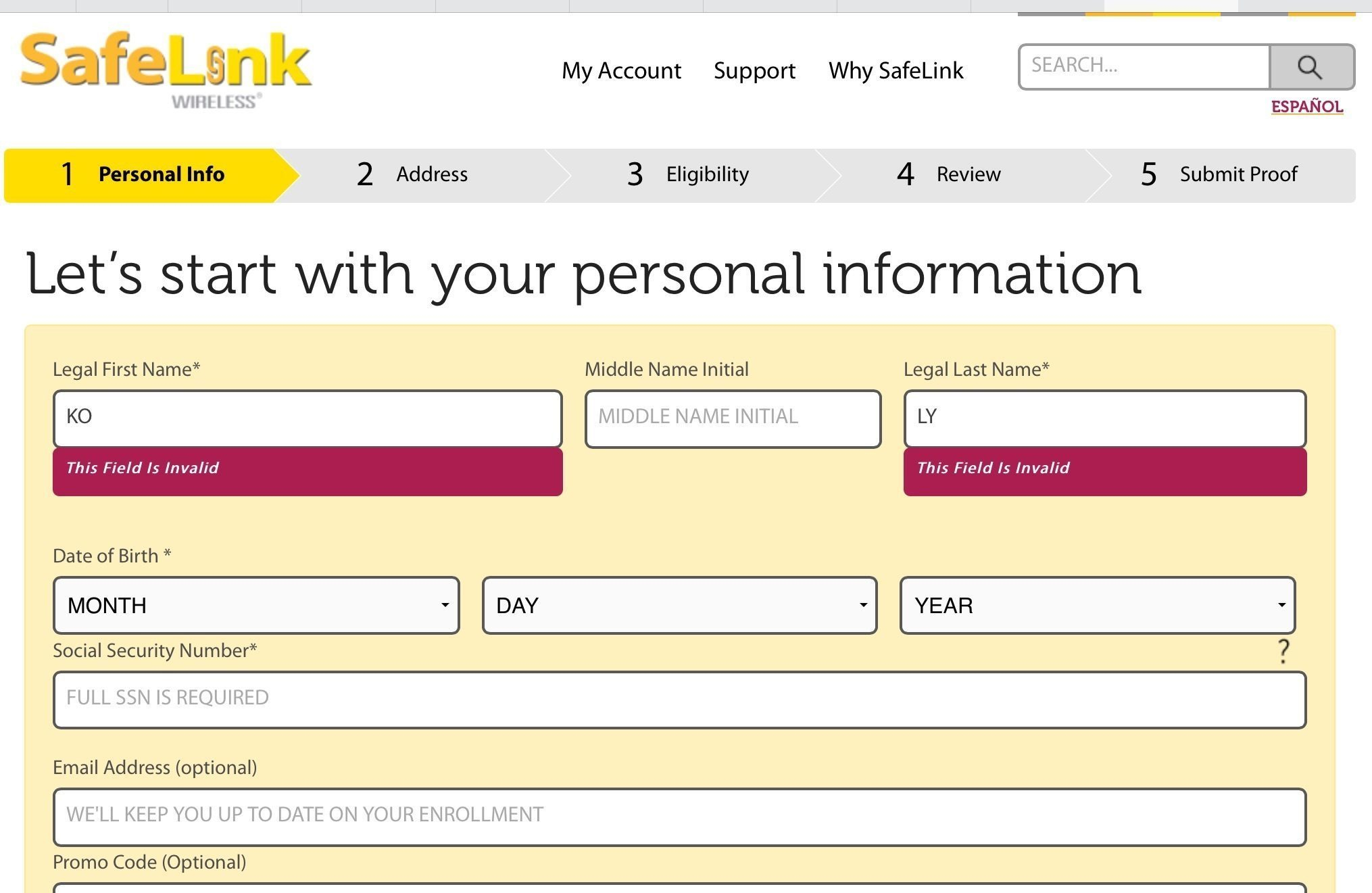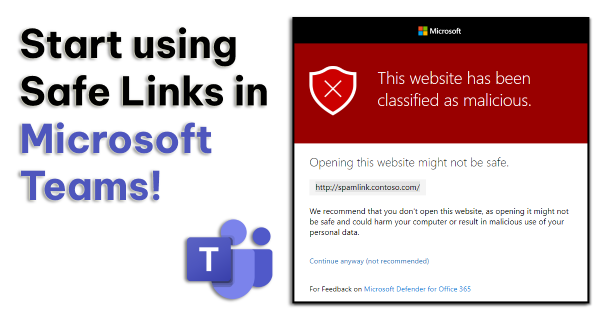

#SAFE LINKS CODE#
It can also be malicious links to content such as PDFs or documents containing executable code that will try to run on the computer and infect it with ransomware or malware. This is separate to the anti-phishing policies we’ll look at later in the future post. So this is cases like phishing links that are trying to steal logon credentials for Office 365, or for PayPal, or for banking websites. The threat that Safe Links is designed to mitigate is that of malicious URLs being clicked on by our end users. You need both services configured and working together to provide you with the best possible security for your organization.įirst feature that we will cover is Safe Links. If your EOP configuration is weak, ATP doesn’t pick up the slack, it’s doing a different job.

It’s a huge problem, and it’s not going away.īuying ATP doesn’t remove the need to use the features of EOP as well. We’re under constant bombardment with spam and malware in emails. Why start there with email? Well, email is the most common attack vector. It’s responsible for detecting and preventing spam and malware from going in or out of our Office 365 tenants via email. Well, we definitely need some protection from all those advanced threats, and Microsoft came up with Advanced Threat Protection.ĪTP first appeared or Microsoft made ATP available as an add-on for Exchange Online Protection and EOP is the email security layer of Exchange Online that we looked at in the last 4 posts. They can use sophisticated attack tools that can scan wide ranges of the internet to find known vulnerabilities to exploit, and they can create new malware and ransomware varients with ease. Today, the motivation of most attackers is financial, they want to make money from their attacks, not just gain notoriety or cause a big mess and the power of modern computers, along with permanent connectivity of their devices, and the adoption of cloud services make it a lot easier for criminals to launch widespread spam, phishing, ransomware, or malware attacks against our networks. Attackers were motivated to cause disruption and to damage systems. In the past, a virus outbreak around the world might cause some havoc with systems for a few hours or a day, but signature-based detection would be updated, and it would be cleaned up, and we’d move on. The types of threats we’re seeing these days have evolved.


 0 kommentar(er)
0 kommentar(er)
